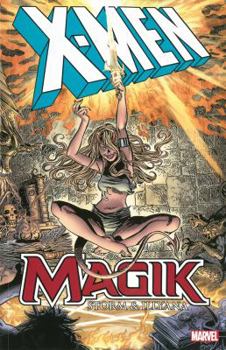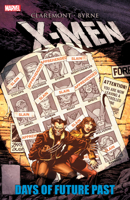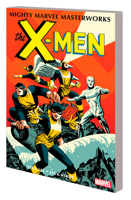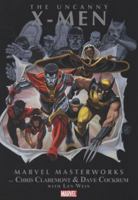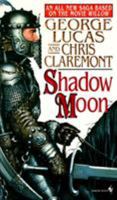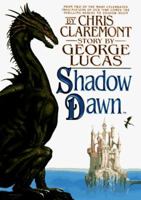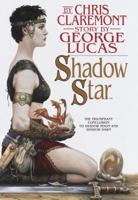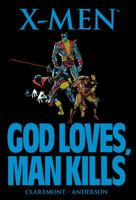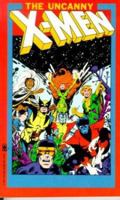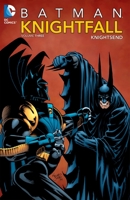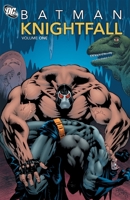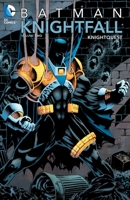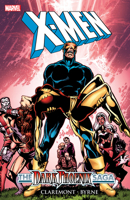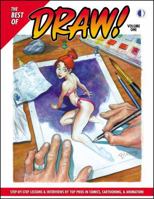X-Men: Magik: Storm & Illyana
(Part of the Uncanny X-Men (1963) (#160) Series and Magik Series)
Colossus' seven-year-old sister Illyana Rasputin has been snatched away by Belasco, demon lord of Limbo. Though the X-Men rescue her what seems like seconds later, those seconds represent a years-long ordeal for Illyana...one that starts with losing a piece of her soul and goes downhill fast. The sorceress Ororo and feline warrior Cat aid young Illyana against the terrors of Limbo. But when the final battle against Belasco arrives, can good triumph over evil...when Illyana doesn't know which one she is anymore? Collecting: Uncanny X-Men (1963) 160, Magik (1983) 1-4
Format:Paperback
Language:English
ISBN:0785184554
ISBN13:9780785184553
Release Date:September 2013
Publisher:Marvel
Length:128 Pages
Weight:0.54 lbs.
Dimensions:0.3" x 6.8" x 10.3"
Age Range:9 years and up
Grade Range:Grade 4 to Postsecondary
You Might Also Enjoy
Customer Reviews
4 customer ratings | 4 reviews
There are currently no reviews. Be the first to review this work.











